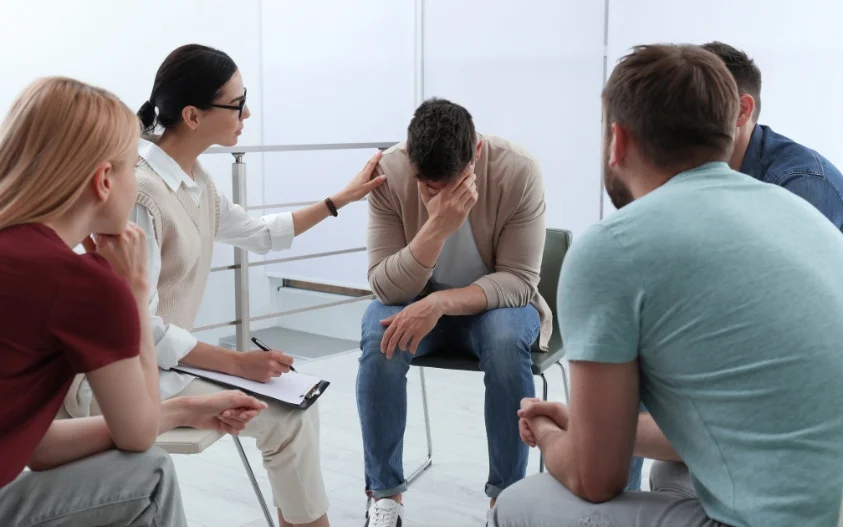24/7 Helpline:
(866) 899-221924/7 Helpline:
(866) 899-2219
Learn more about Opioid Rehab centers in Likely
Opioid Rehab in Other Cities

Other Insurance Options

Covered California

BlueCross

State Farm

Sutter

Horizon Healthcare Service

Sliding scale payment assistance

Cigna

UnitedHealth Group

Excellus

Group Health Incorporated

United Health Care

CareSource

Oxford

Health Choice

Coventry Health Care

Access to Recovery (ATR) Voucher

CareFirst

Carleon

BHS | Behavioral Health Systems

PHCS Network
















